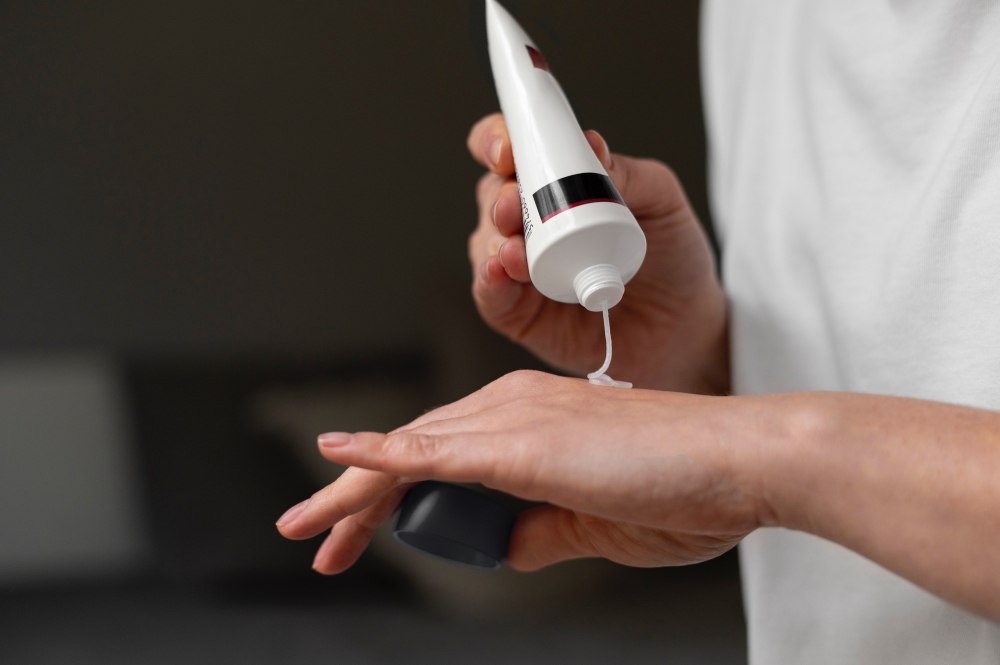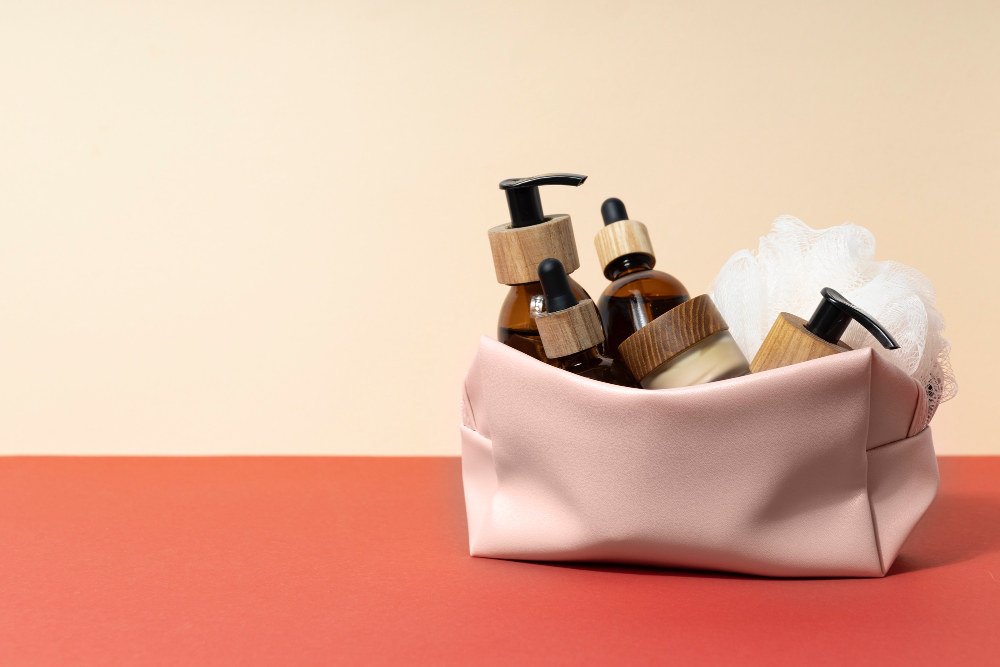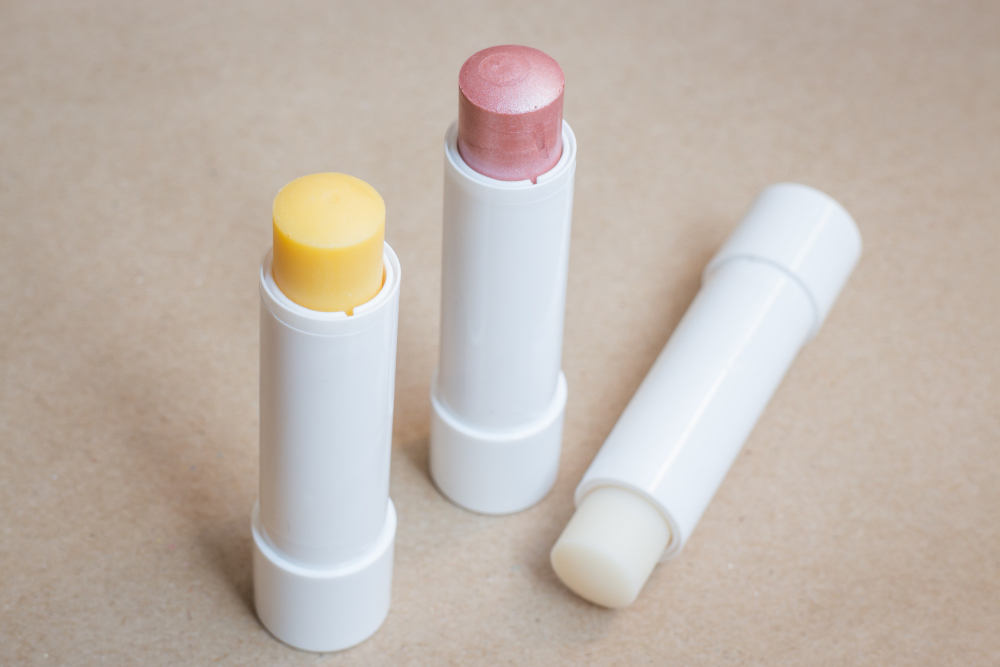In a world increasingly focused on sustainability and innovation, the packaging industry is rapidly evolving. Yet, one form of packaging continues to dominate shelves across skincare and cosmetic brands — plastic cosmetic tubes. Despite the rise of glass, aluminum, and paper-based alternatives, plastic tubes remain the go-to choice for brands and consumers alike. But what makes them so enduring in an era of eco-consciousness? Let’s explore why plastic cosmetic packaging continues to lead the beauty world.
1. Functionality and User Convenience
Plastic cosmetic tubes offer unmatched practicality. Their lightweight, flexible, and squeezable design allows users to dispense just the right amount of product — whether it’s a face cleanser, foundation, or moisturizer. Unlike rigid packaging formats, tubes prevent product wastage and make application effortless.
From a manufacturing perspective, plastic tubes are easy to fill, seal, and ship, making them an efficient solution for both small and large-scale brands. For consumers, they’re travel-friendly, leak-resistant, and durable — qualities that contribute to their ongoing popularity.
2. Cost-Effectiveness and Scalability
When it comes to cosmetic packaging production, cost plays a huge role in brand decisions. Plastic tubes are not only economical to produce but also highly scalable. Manufacturers can produce millions of units quickly and consistently, which keeps prices competitive without sacrificing quality.
For skincare and cosmetic brands that operate in price-sensitive markets, the affordability of plastic cosmetic packaging enables them to deliver attractive, functional packaging without inflating product costs. This cost advantage allows brands to maintain better profit margins or pass the savings to consumers — a win-win situation.
3. Versatility in Design and Branding
In the beauty industry, packaging is as important as the product itself. Plastic cosmetic tubes provide a flexible canvas for creativity. They can be produced in a variety of shapes, finishes, and colors, from sleek matte to glossy metallic designs.
Modern printing technologies such as digital and silk-screen printing allow intricate designs, gradients, and branding elements to be applied directly to the tube. Brands can customize everything — from the cap design and labeling to texture and transparency — ensuring strong shelf appeal and consistent brand identity.
The adaptability of plastic cosmetic packaging also extends to functionality. Airless pump tubes, dual-chamber tubes, and multi-layer laminate designs allow brands to innovate without sacrificing usability.
4. Durability and Protection
Unlike glass or metal containers, plastic tubes are shatterproof and resistant to corrosion or leakage. This makes them ideal for skincare products that need protection from contamination, air exposure, or UV light. Multi-layer laminated tubes — combining plastic and barrier materials like EVOH — ensure product stability and extend shelf life, especially for formulations with active ingredients.
This durability not only reduces product loss but also ensures that items remain safe during shipping and handling, which is vital in the e-commerce era.
5. Lightweight and Low-Emission Shipping
Plastic cosmetic tubes are significantly lighter than glass or aluminum packaging. This translates to lower transportation costs and reduced carbon emissions during shipping. For global brands distributing millions of units worldwide, these weight-related efficiencies contribute to sustainability in logistics — an often-overlooked advantage of plastic packaging.
6. Evolving Toward Sustainability
While plastic has faced scrutiny in recent years, innovation in materials and recycling processes is reshaping its environmental image. Many manufacturers now produce tubes using post-consumer recycled (PCR) plastics, bioplastics, or recyclable mono-materials like polyethylene (PE).
Additionally, refillable tube systems and collection programs are becoming more common, enabling brands to embrace circular economy practices. As the beauty industry transitions toward sustainability, plastic cosmetic packaging is evolving rather than disappearing — proving it can be both practical and eco-responsible.
7. Consumer Familiarity and Brand Trust
Consumers often gravitate toward packaging they recognize and trust. Plastic tubes have been part of the skincare and cosmetics industry for decades, and their familiarity provides reassurance of reliability and hygiene. For brands, switching to unfamiliar materials can risk altering product perception or user experience — something they’re often cautious to change.
Conclusion
While sustainable alternatives are on the rise, plastic cosmetic tubes remain the preferred choice for most skincare and cosmetic brands because they perfectly balance functionality, affordability, protection, and design versatility. The ongoing innovations in recyclable materials and eco-friendly production methods are further strengthening their place in the future of plastic cosmetic packaging.
The real challenge for brands isn’t replacing plastic altogether — it’s reimagining how plastic can be used more responsibly. With continued innovation in recyclable and refillable formats, plastic packaging can remain both popular and planet-conscious.









.svg)
